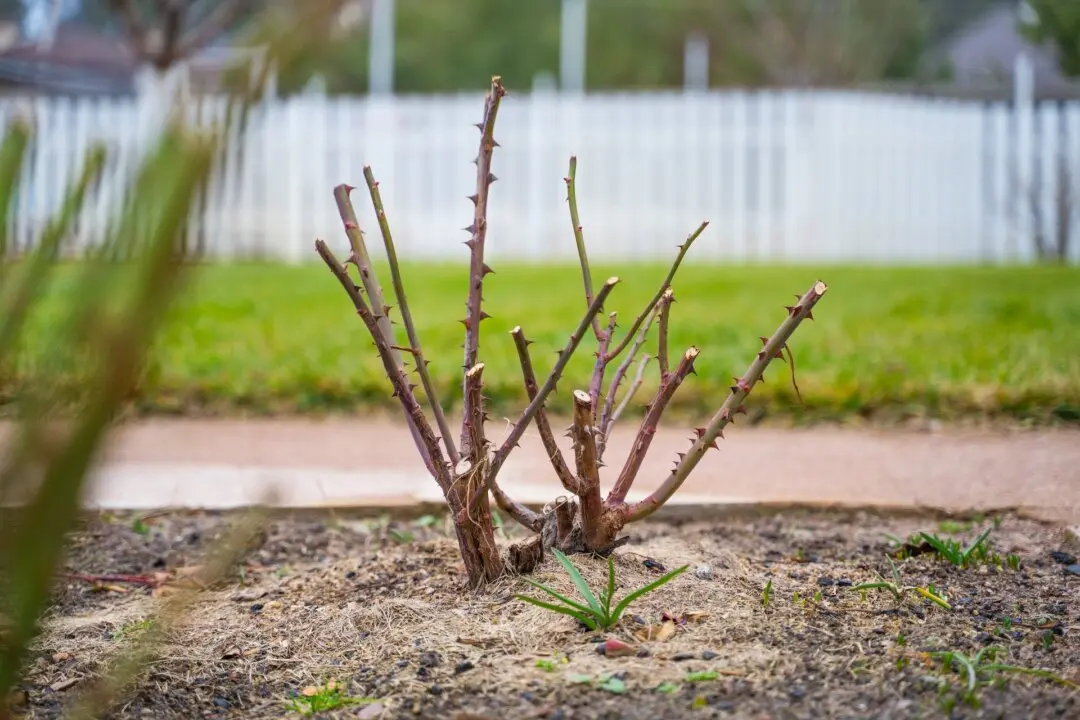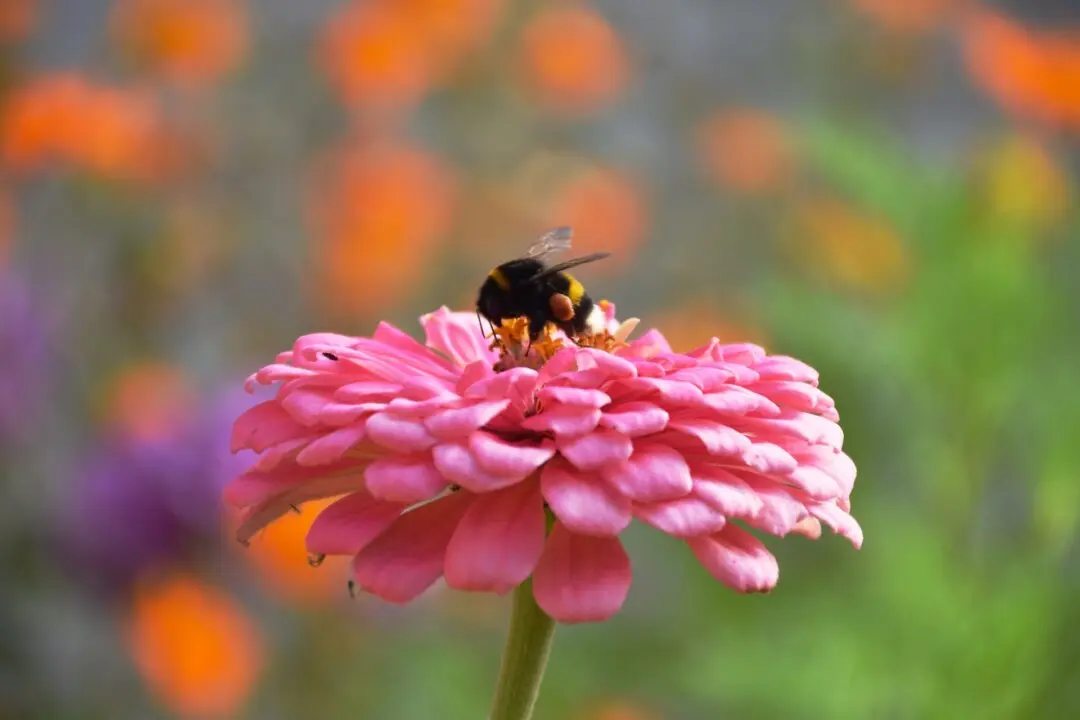Question: My oaks and shade trees look like they are beginning to die. The last six inches to a foot, or more, of many branches all over the tree have dead leaves. We have not had much rain, but when we do, a lot of these branches fall off. I have started watering; is there anything else I can do?
Answer: This sounds like typical cicada damage and not damage from the dry weather. The female cicada pruned the tree branches for you, even though the trees probably didn’t need pruning. They lay eggs in the last few inches of the branch, and damage the branch at the same time. The eggs hatch into small grubs that either fall to the ground inside the dead twigs or on their own. They burrow into the soil and feed on tree and shrub roots for one to 17 years, depending on what kind of cicada they are. They don’t harm the trees enough during this time to require treatment.





